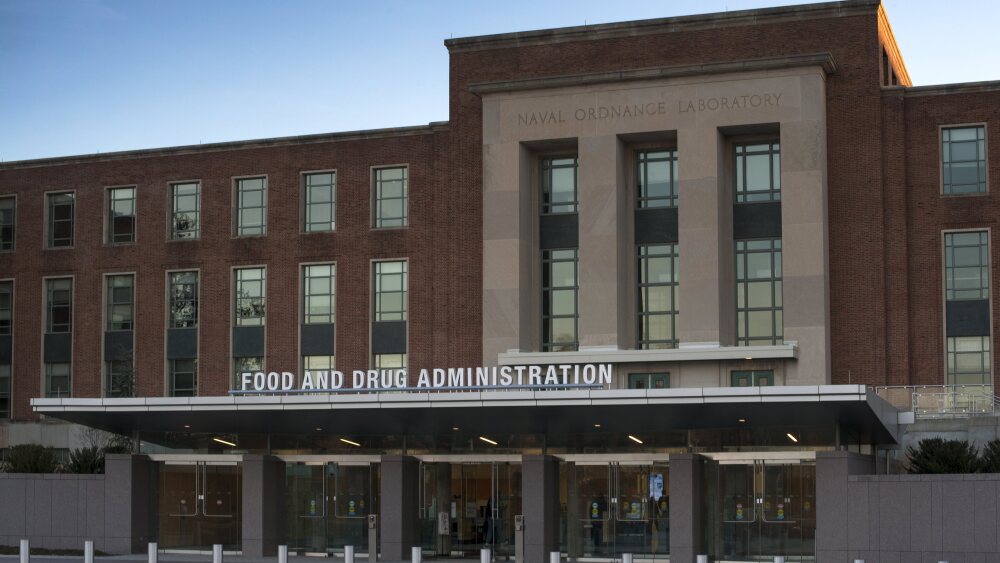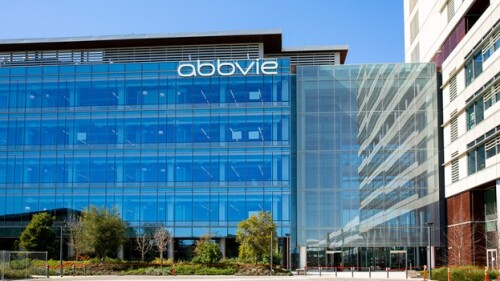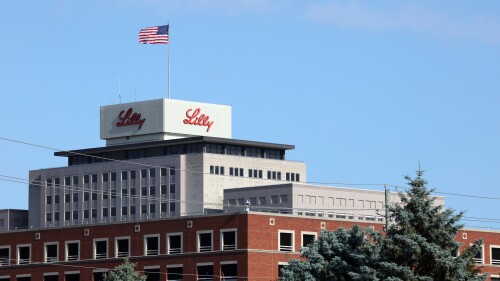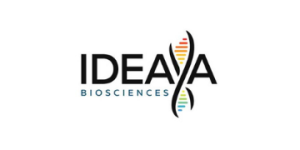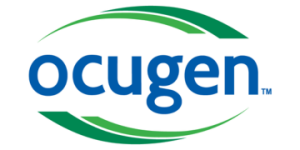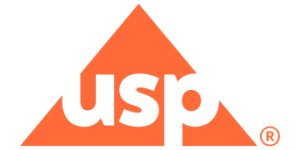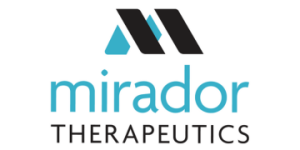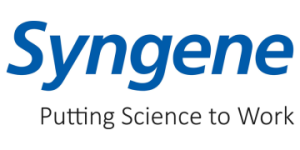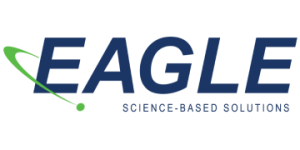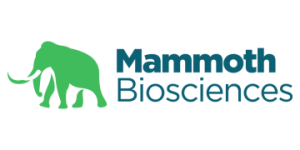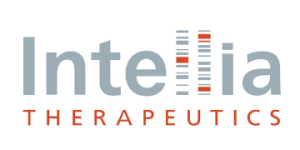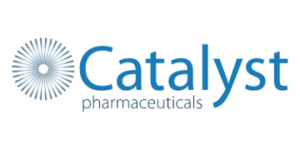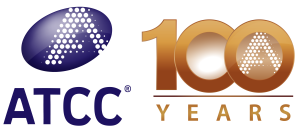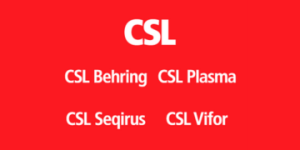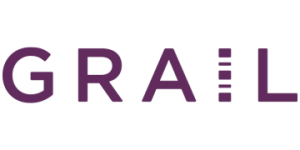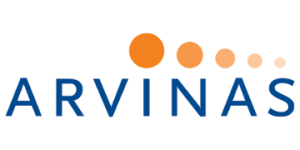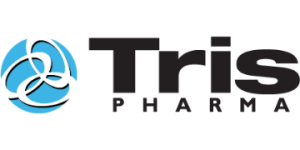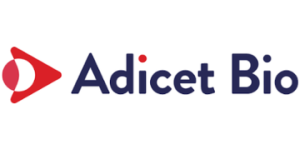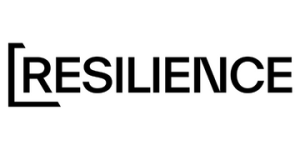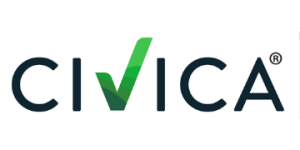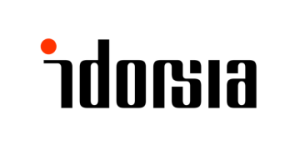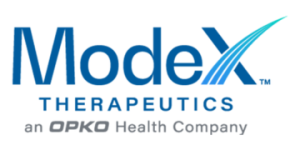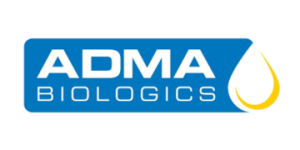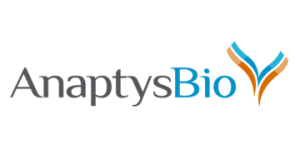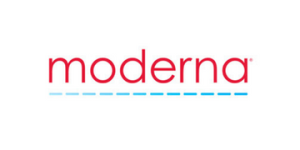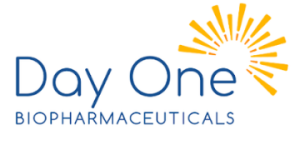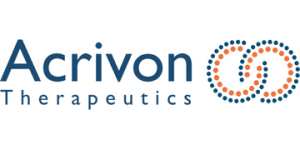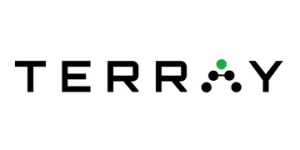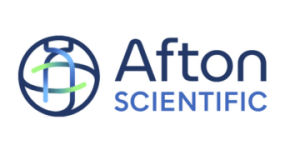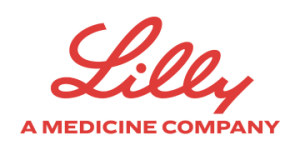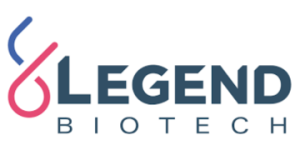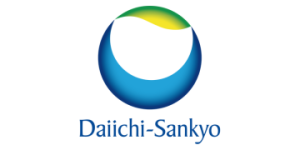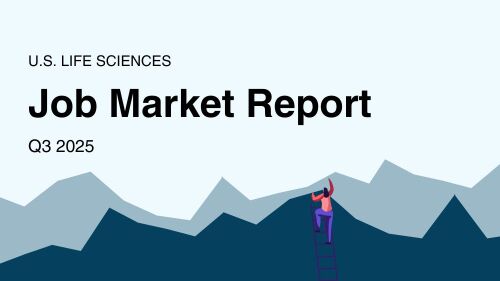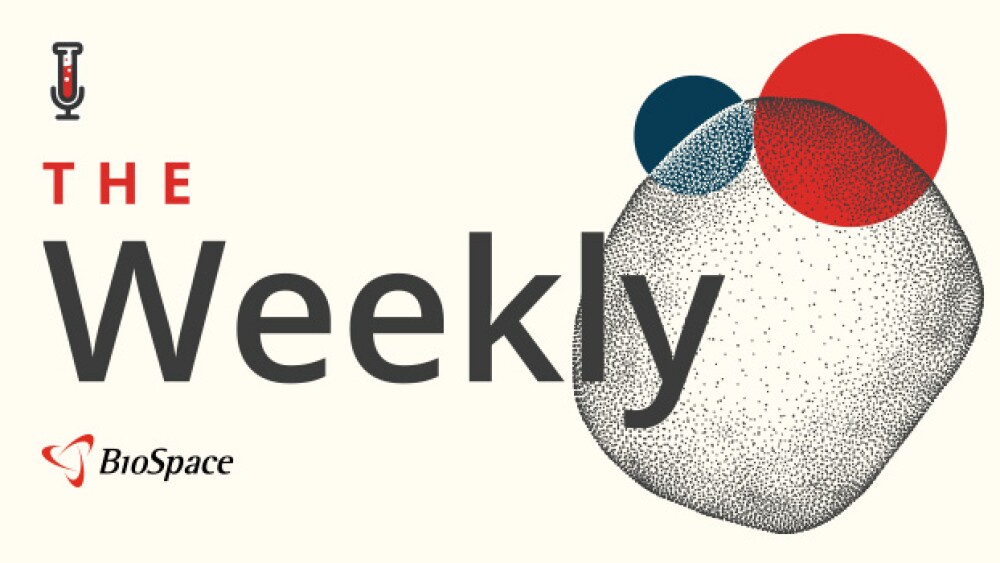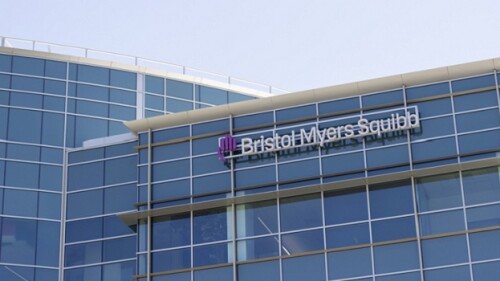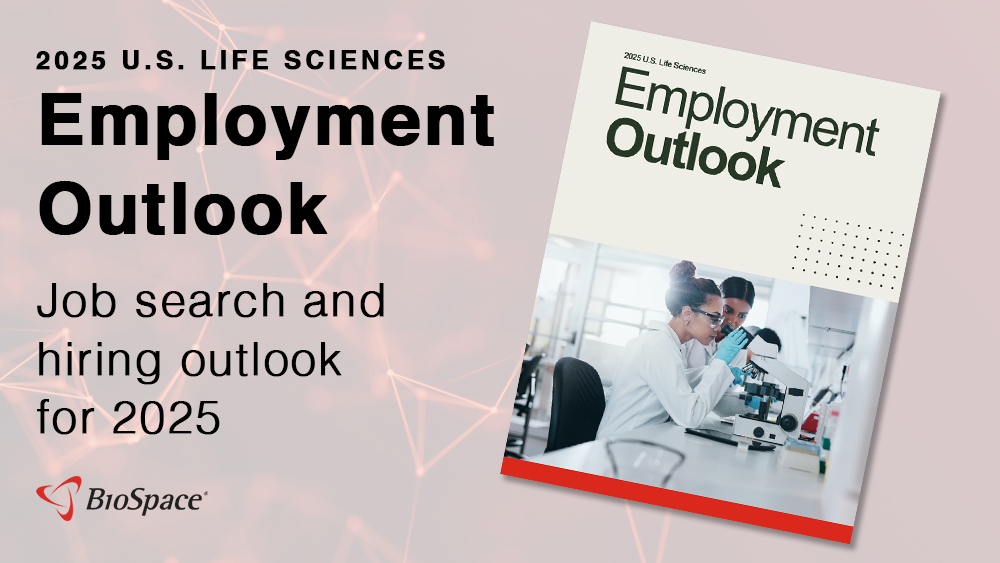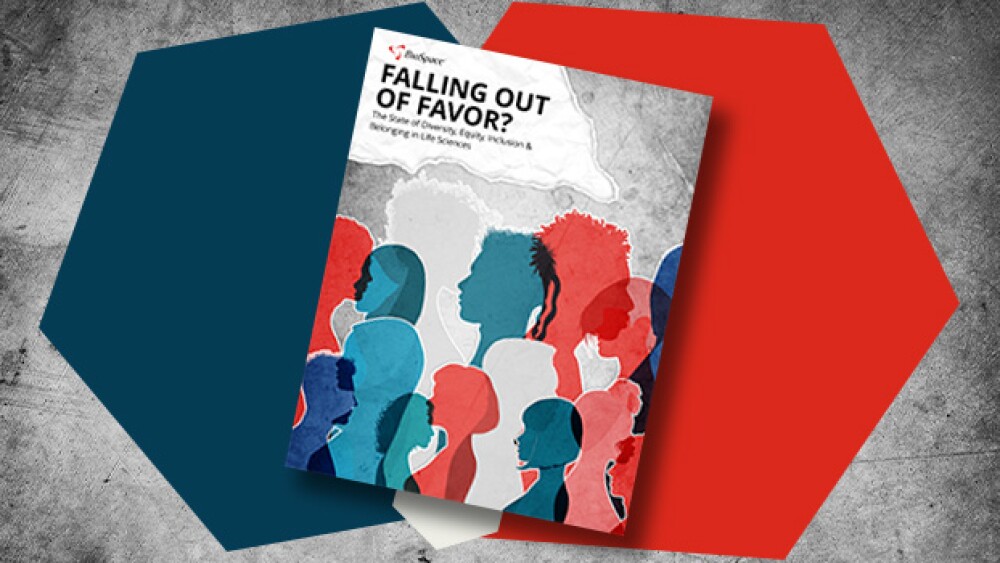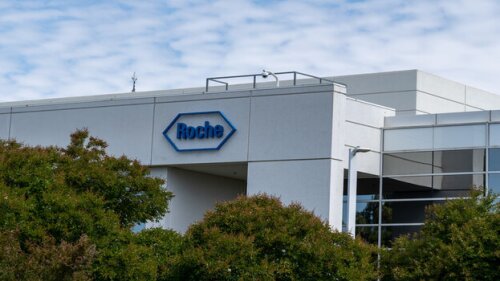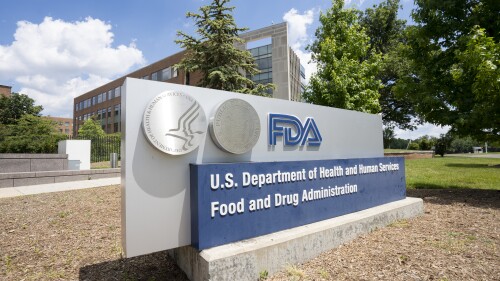There is no certainty that the buyout will come to pass, according to The Financial Times, which first reported the rumors.
From the price of forthcoming weight loss pill orforglipron, to Most Favored Nation drug pricing and the market battle with Novo Nordisk, pricing was the number one issue for Eli Lilly on its second quarter earnings call.
Higher competition for fewer roles remains the status quo for biopharma professionals, based on BioSpace data. Additionally, the U.S. Bureau of Labor Statistics has reported that recent job growth is lower than previously believed.
Strand Therapeutics’ lead asset is STX-001, an intra-tumor self-replicating mRNA therapy that carries a payload expressing the immunomodulatory protein IL-12.
Eli Lilly’s orforglipron cut body weight to a lesser extent than rival Novo Nordisk’s semaglutide, falling into analysts’ bear scenario for the oral med. Executives brushed off the concerns and said the drug will still have a wide advantage on the market.
Sarepta did not hold an investor call for its second-quarter earnings report or provide an updated full-year revenue outlook.
FEATURED STORIES
Congress, the Federal Trade Commission and the U.S. Patent and Trademark Office are all targeting Big Pharma’s practice of filing multiple, overlapping patents that stifle generic and biosimilar competition.
The vaccine maker is competing with well-established rivals in markets that have a mix of demand issues as well as commercial and structural headwinds, as the biotech looks to establish new growth drivers.
In this deep dive BioSpace dissects the global obesity and diabetes markets along with the growing pipelines that aim to serve them.
As the pharma industry awaits congressional action on the bill, gaping holes in the domestic drug manufacturing ecosystem have never been clearer.
Experts say Novo Nordisk and Eli Lilly’s GLP-1 drugs are unlikely to reach more countries in the near term, but Sanofi’s diabetes treatment has gained ground globally.
The recent invalidation of an AAV gene therapy patent overlooks the complexity of innovation in biotechnology and could put a broad swath of intellectual property at risk.
LATEST PODCASTS
In this episode presented by Slone Partners, Leslie Loveless, Co-CEO and Managing Partner discusses how hiring and the building of executive teams has responded to the current biotech environment.
Pfizer seals the deal with Metsera for $10 billion after Novo Nordisk bowed out; President Donald Trump welcomes executives from Novo and Eli Lilly to the White House to announce that the companies’ GLP-1 medicines would be sold at a reduced cost; and the FDA grants the second round of priority review vouchers—primarily to already marketed drugs.
In this episode presented by PII, BioSpace’s head of insights discusses how to relieve clinical trial patients of technological burden to improve compliance with guests Oliver Eden and Travis Webb.
Job Trends
If you’re a life sciences professional in the Genetown hotbed (Boston, Cambridge and the surrounding areas of Massachusetts) and are looking for your next challenge, take a look at these companies hiring on BioSpace.
Subscribe to GenePool
Subscribe to BioSpace’s flagship publication including top headlines, special editions and life sciences’ most important breaking news
SPECIAL EDITIONS
In this deep dive, BioSpace investigates China’s rise as a biotech powerhouse.
In this deep dive, BioSpace explores the next big thing in obesity.
BioSpace did a deep dive into biopharma female executives who navigated difficult markets to lead their companies to high-value exits.
DEALS
-
The first two weeks of October saw BMS’s $4.8 billion buyout of Mirati, Lilly’s $1.4 billion purchase of Point, Kyowa Kirin’s $387 million acquisition of Orchard and AbbVie’s $110 million Mitokinin deal.
-
An increase in funding share and available lab space helps to keep the Bay State’s biotech and pharma sectors strong.
-
The European Commission on Thursday ordered Illumina to divest Grail, opening the next chapter in the years-long regulatory saga. Illumina is reviewing the order, Reuters reported.
-
From Statera Biopharma and Sorrento Therapeutics to Aceragen and Infinity Pharmaceuticals, 2023 has seen a record high 28 bankruptcies in the biotech space so far. Here’s why.
-
Following rumors last week of a potential acquisition by Sanofi, Bristol Myers Squibb on Sunday announced that it paid $4.8 billion to gain access to Mirati Therapeutics’ oncology-focused portfolio.
WEIGHT LOSS
-
With Wednesday’s readout showing symptom improvements in obstructive sleep apnea patients, Eli Lilly is preparing to file for a label expansion for its blockbuster weight-loss drug Zepbound.
-
The German biopharma company on Tuesday announced ambitious pipeline plans that include starting 10 new Phase II and III trials over the next 12 to 18 months.
-
The European Medicines Agency on Friday said it found no evidence linking GLP-1 receptor agonists with suicidal thoughts and actions, following a review of patients taking Novo Nordisk’s semaglutide and liraglutide, and Eli Lilly’s dulaglutide and AstraZeneca’s exenatide.
-
Florida District Judge Roy Altman earlier this week ruled against Eli Lilly, finding that the drugmaker cannot use state law to block reformulated versions of its blockbuster weight-loss and diabetes medication tirzepatide.
-
The American Society of Health-System Pharmacists has released statistics showing the number of active and ongoing U.S. drug shortages has reached 323, the highest number since it began tracking the data.
POLICY
-
Johnson & Johnson’s proposed changes to the hospital drug discount program are inconsistent with the federal statute, according to the Health Resources and Services Administration.
-
Project 2025, a blueprint for a potential second Trump term that highlights the IRA as a potential target, took a starring role in this week’s Democratic National Convention.
-
In a letter to FDA Commissioner Robert Califf, a House committee flagged several U.S. companies—including Eli Lilly and Pfizer—that have allegedly worked with the People’s Liberation Army on clinical trials in Xinjiang, raising ethical and intellectual property concerns.
-
Last week, the Biden administration revealed the first drug prices negotiated under the Inflation Reduction Act; Lykos, Grail and others make substantial staffing cuts, and Pfizer/BioNTech see mixed results for their COVID/flu vaccine.
-
Two months after winning FDA approval in the same indication, AbbVie and Genmab on Monday secured the European Commission’s nod for its bispecific antibody Tepkinly for the most common type of low-grade non-Hodgkin lymphoma.
A well-written thank you letter after interview can help you make an impact on the interviewers. It can increase your chance of getting hired so learn how to write one.
The more you funnel the universe of employers into a laser-focused, precise, narrow segment of those who would love to hire you, the more successful you’ll be.
Background checks, especially at the executive level, have become routine in the recruitment process.
Here we outline how to figure out what your dream job is and how to find dream job among the hundreds of job listings out there. This guide will help organize your job search.
If it’s time to move on, here’s how to maintain your productivity on the job while your job search. Use these tips to be productive in a new job search.
The tips that follow will help you make the most of your relationship with recruiters, also known as headhunters and search firms.
HOTBEDS
REPORTS
In this Employment Outlook report, BioSpace explores current workforce sentiment, job activity trends and the prospective job and hiring outlook for 2025, particularly as it compares to the previous year.
BioSpace’s third report on diversity, equity, inclusion and belonging in life sciences examines dramatic shifts in attitude around diversity initiatives.
CANCER
-
While its investigational regimen fell short of the primary efficacy endpoint, AVEO dug into data from its control group and touted a “clinically meaningful” improvement in progression-free survival in patients receiving Fotivda monotherapy.
-
Agenus is now looking for alternative pathways to initiate a Phase III trial for BOT/BAL, including potential partnerships.
-
Fresh off its $13-billion acquisition of medical devices developer Shockwave Medical, Johnson & Johnson is expecting greater business growth in the future.
-
The last few months have been difficult for Gilead, with several late-stage failures and development discontinuations. Amid these problems, Merdad Parsey will be stepping down from his CMO role early next year.
-
Immutep shares jumped nearly 20% on Friday after data showed its LAG-3 therapy—plus Keytruda—elicited strong response rates in head and neck squamous cell carcinoma patients in the front-line setting.
NEUROSCIENCE
-
The FDA plans to convene an advisory committee meeting to discuss the safety profile and efficacy of Eli Lilly’s Alzheimer’s candidate, the company announced Friday.
-
The regulator’s new draft guidance, released on Monday, provides additional details regarding the use of surrogate and biomarker endpoints to support accelerated approvals.
-
In Monday’s neurology update for investors, Roche touted data from a small Ib/IIa trial for trontinemab, an investigational therapy for Alzheimer’s disease which demonstrated “rapid and robust” amyloid plaque reduction.
-
Acadia Pharmaceuticals is terminating development of its antipsychotic drug pimavanserin, which did not demonstrate a statistically significant improvement over placebo in the late-stage study’s primary endpoint.
-
Boehringer Ingelheim has paid $27.3 million upfront to Sosei Heptares to develop a small molecule agonist of GPR52 to treat the positive, negative and cognitive symptoms of schizophrenia.
CELL AND GENE THERAPY
-
Through substantial leadership turnover and workforce cuts, the FDA has continued to support the advanced therapy sector, actively working to remove obstacles to innovation.
-
The plausible mechanism pathway “could accelerate gene therapy/editing development,” analysts at William Blair said Thursday, while adding that additional clarity is needed.
-
MeiraGTx Holdings is licensing a genetic eye disease medicine to Eli Lilly in a deal worth up to $475 million.
-
The FDA previously placed two clinical studies on hold, including the Phase III trial in which the liver toxicity occurred. Intellia is working with experts to create a risk management program for nex-z.
-
Pfizer and Novo Nordisk continue to fight for ownership of obesity startup Metsera; CDER Director George Tidmarsh leaves his position amid an ongoing probe into his “personal conduct”; FDA reverses course on approval requirements for uniQure’s Huntington’s gene therapy; Sarepta’s exon-skipping Duchenne muscular dystrophy drugs fail confirmatory study.

